Blog Layout
Bridging the Gap: 5 Reasons Why Students Don't Like Teachers and How to Improve Teacher- Student Relationships
India White • August 14, 2023
5 Reasons Why Students Don't Like Teachers

Bridging the Gap: 5 Reasons Why Students May Not Like Teachers and How to Improve Teacher-Student Relationships
Have you ever had an encounter where you were directed to work with someone that was assigned to help you, and the vibe was off? Have you met someone that you didn’t quite care for and didn’t know why? Sometimes, this is a part of human nature, and students aren’t exempt from feeling like they just “don’t like” their teacher. However, is it possible to help someone that doesn’t like you? If so, how would you approach this awkward situation?
Teachers: Understand that you play a crucial role in shaping the lives of students in their classrooms. However, it is not uncommon for students to develop negative feelings towards their teachers. As educators, it is essential to understand the reasons behind this disconnect and work towards building stronger relationships.
Let's will explore five common reasons why students may not like their teachers and provide tips to help bridge the gap:
1. Lack of Empathy
One of the primary reasons students may not like their teachers is a perceived lack of empathy. Students want to feel understood and supported, both academically and emotionally. Sometimes, a teacher’s empathy is not fully expressed due to them finishing up their explanation of a math problem to the class, getting caught up in a transition, and other body language mishaps that take place. Sometimes, teachers can give off a “vibe” of disinterest, apathy, or cultural incompetence that can cause an offense to students. To address this, teachers should be intentional in actively listen to their students, show genuine interest in their concerns, and create a safe space for open communication.
By demonstrating empathy, teachers can foster a positive classroom environment that encourages students to engage and participate. Students are a sponge, constantly doing their best to “feel” where their teacher is “coming from” as they interact with their students in the classroom. Some ways that teachers can express empathy to students in their classroom is by respecting and valuing differences, noticing and actively rejecting stereotypes, and navigating through social situations ethically and fairly with all students.
Acknowledge pain points of students, and help them find a safe place in your classroom so they can progress academically with their peers.
2. Ineffective Teaching Methods
Students may become disinterested or frustrated when teachers employ ineffective teaching methods.
For instance, a teacher might be very “particular” about keeping rows straightened, returning pencils on time, and holding up a peace sign to signal that they have to get up. Some of these techniques can be seen as over the top, demanding and boring for students who may have outgrown these types of signals and procedures. There are other teaching methods that could be ineffective, including taking away promised opportunities for students to make up an assignment, be restored to a group of friends or having a particular role in class to be rescinded due to the students making the teacher upset.
To overcome these hurdles, educators should strive to incorporate a variety of teaching strategies that cater to different learning styles. By using interactive activities, multimedia resources, and real-life examples, teachers can make their lessons more engaging and relevant. Additionally, seeking feedback from students and adapting teaching techniques accordingly can significantly enhance the learning experience.
When striving to support students with effective teaching methods, teachers must become proactive at implementing strategies that meet the needs of all learners and are clearly understood by students. For instance, in the article titled, “Demystifying the Grading Process” with Harvard Business Publishing Education, Mark Renella writes about the importance of teachers establishing clear expectations, giving students the opportunity to improve and discussing grading criteria with students. Students should not have various expectations throughout the school year, leaving them feeling confused, deceived and betrayed. Even when there are moments of disagreement and disappointment during instruction, students should still be confident in the grading procedures and policies established by their teachers in the classroom.
3. Lack of Personal Connection
Building a personal connection with students is crucial for fostering a positive classroom environment. Students are more likely to enjoy and respect teachers who take the time to know them individually. Further, students will do anything for their teachers that they’ve established a strong and healthy relationship with. In order to strengthen the personal connection with students, teachers can learn to show genuine interest in their students' lives, hobbies, and aspirations. Simple gestures like remembering their names, asking about their weekend, or acknowledging their achievements can go a long way in establishing a personal connection. Further, teachers can ask for student input during word problems, classroom projects, and even the establishment of rules and procedures. Students want to feel like they belong, and having a personal connection with their teachers is key.
Studies have shown that students of diverse and ethnic backgrounds bond better with teachers they feel like they’ve established a connection with. In various cultural groups, developing a strong relationship is more important than the task at hand. When teachers are aiming to connect with learners of diverse backgrounds, there must be a willingness to become “open” and embrace elements of culture, language, and the way of life in efforts to reach each learner where they are.
4. Unfair Treatment
Perceived unfair treatment can quickly sour the relationship between students and teachers. It is essential for educators to treat all students fairly and equally, regardless of their academic abilities, background, or personal circumstances. When students approach a teacher regarding a situation they’ve encountered in which they feel like there’s been some type of injustice, teachers must do their part in investigating the matter to ensure that all voices are heard and that decisions to restore all parties involved are made fairly without bias and partiality.
Teachers should avoid favoritism, listen to all students' opinions, and provide constructive feedback that helps students grow. In efforts to help teachers with this task, leaders at the University of Nebraska-Lincoln mentioned the concept of “propriety”, in which teachers act in a socially acceptable manner that does not offend students’ sensitives.”
I like to refer to this as using “velvet gloves” with all learners. By creating a fair and inclusive classroom environment, teachers can foster trust and respect among their students.
5. Lack of Engagement
Students may not like teachers who fail to engage them in the learning process. Sometimes this is due to personality and cultural disconnects, or moments of misunderstandings during instructional delivery. However, teachers don’t always “catch” moments in which they lost students during the discussion of the math problem, hence, leaving them behind and “unengaged.” To combat this, teachers should strive to make their lessons interactive and relevant. Incorporating group activities, discussions, and hands-on projects can significantly increase student engagement. Additionally, teachers can encourage student participation by asking open-ended questions, providing opportunities for student-led learning, and incorporating technology into their lessons.
Stanford University elaborates on other ideas for teachers improving student engagement, including asking open-ended questions, having students explain their reasoning to other students, and even offering multiple versions of activities or assignments.
Sometimes, educators must help get their students up and interacting with their peers by helping them to continue to push forward with opportunities for mathematical discourse, peer-to-peer collaboration, and moments to express their learning through various learning styles.
Conclusion
Building positive relationships between teachers and students is crucial for a successful learning environment in the classroom. By understanding the reasons why students may not like their teachers and implementing the suggested tips, educators can bridge the gap and create a classroom atmosphere that fosters mutual respect, engagement, and growth and stronger relationships with each learner. Remember, a teacher's impact extends far beyond the curriculum, and by nurturing positive relationships, we can inspire and empower our students to reach their full potential.
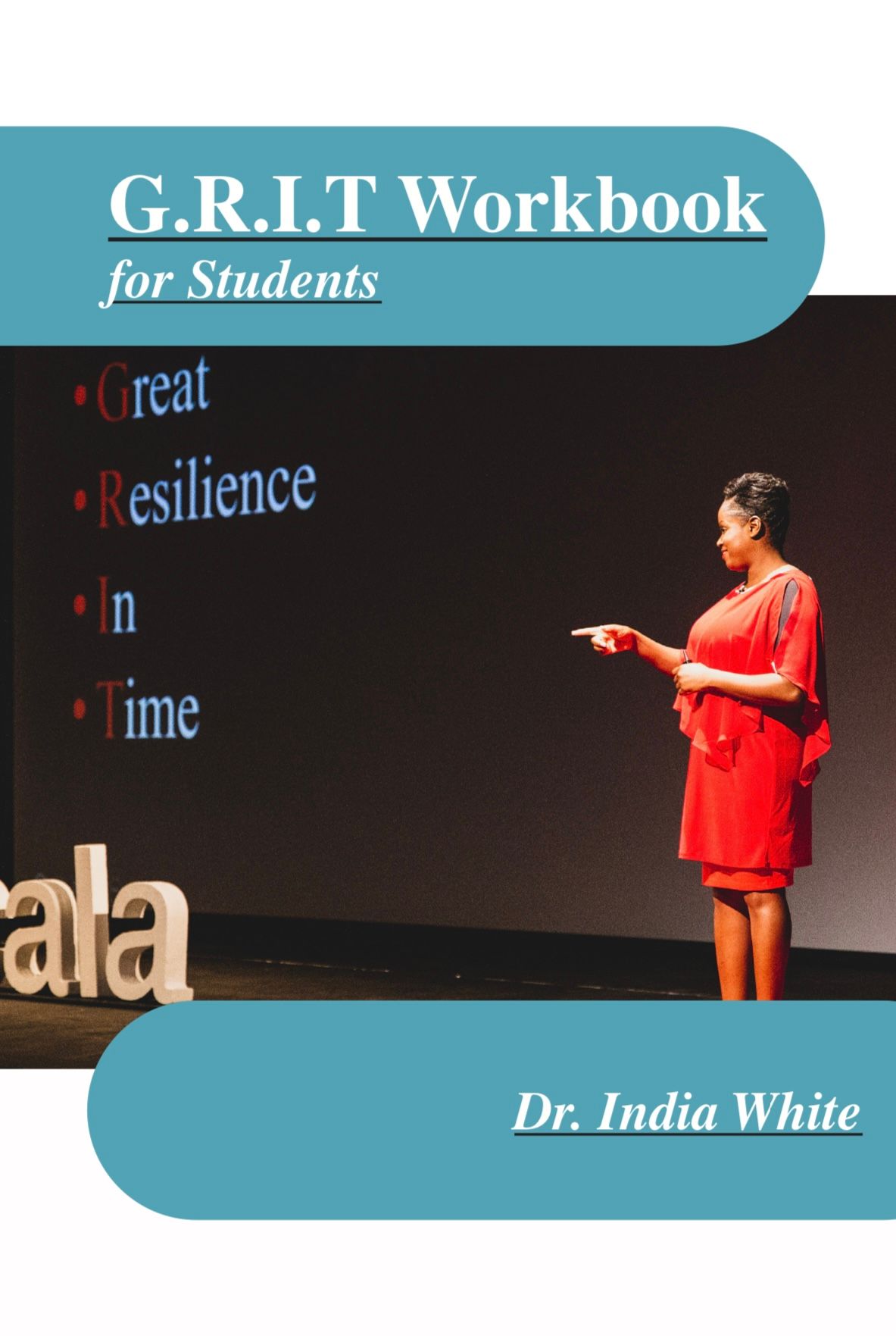
Slide title
Write your caption hereButton
Slide title
Write your caption hereButton
Slide title
Write your caption hereButton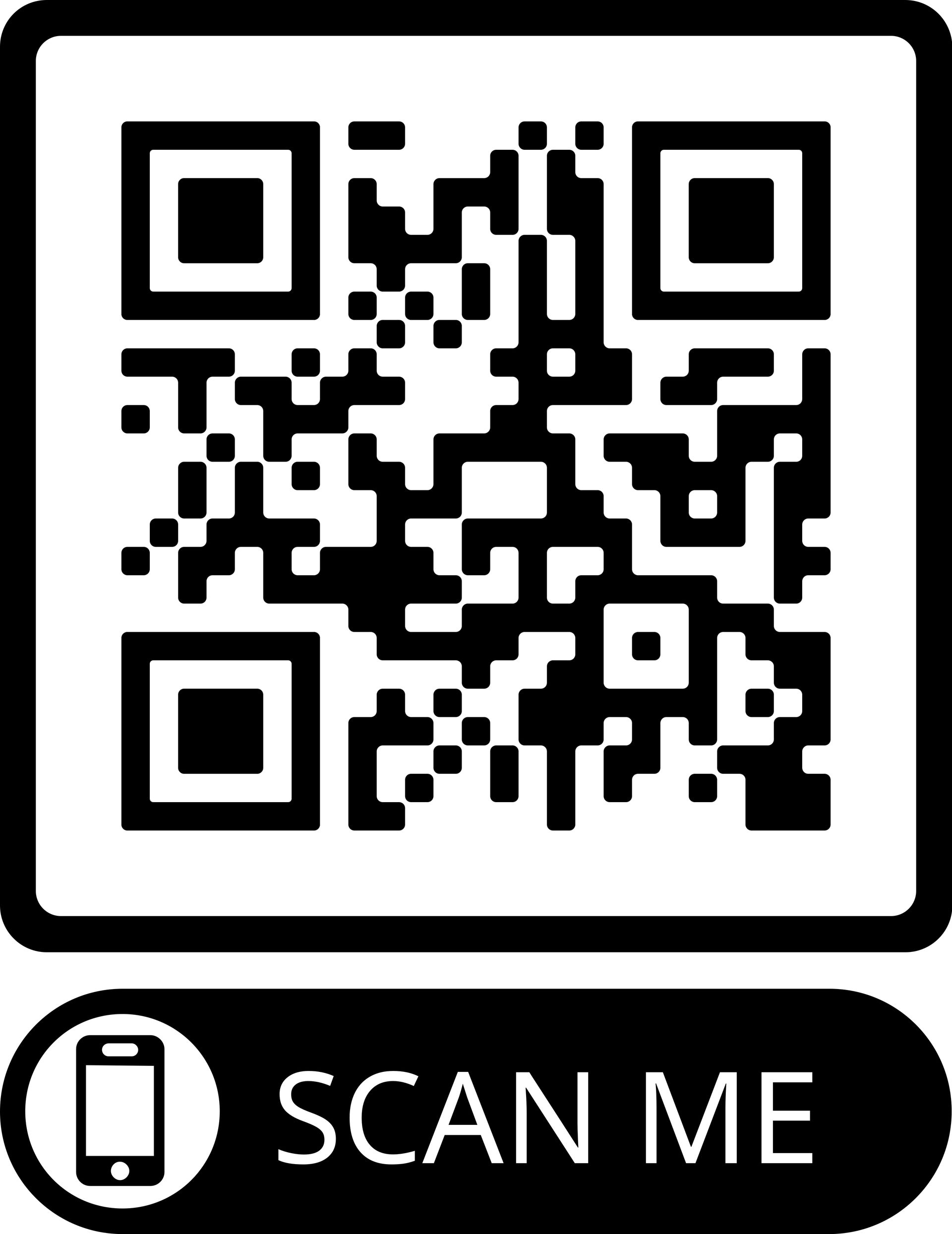
Slide title
Write your caption hereButton
Slide title
Write your caption hereButton
Slide title
Write your caption hereButton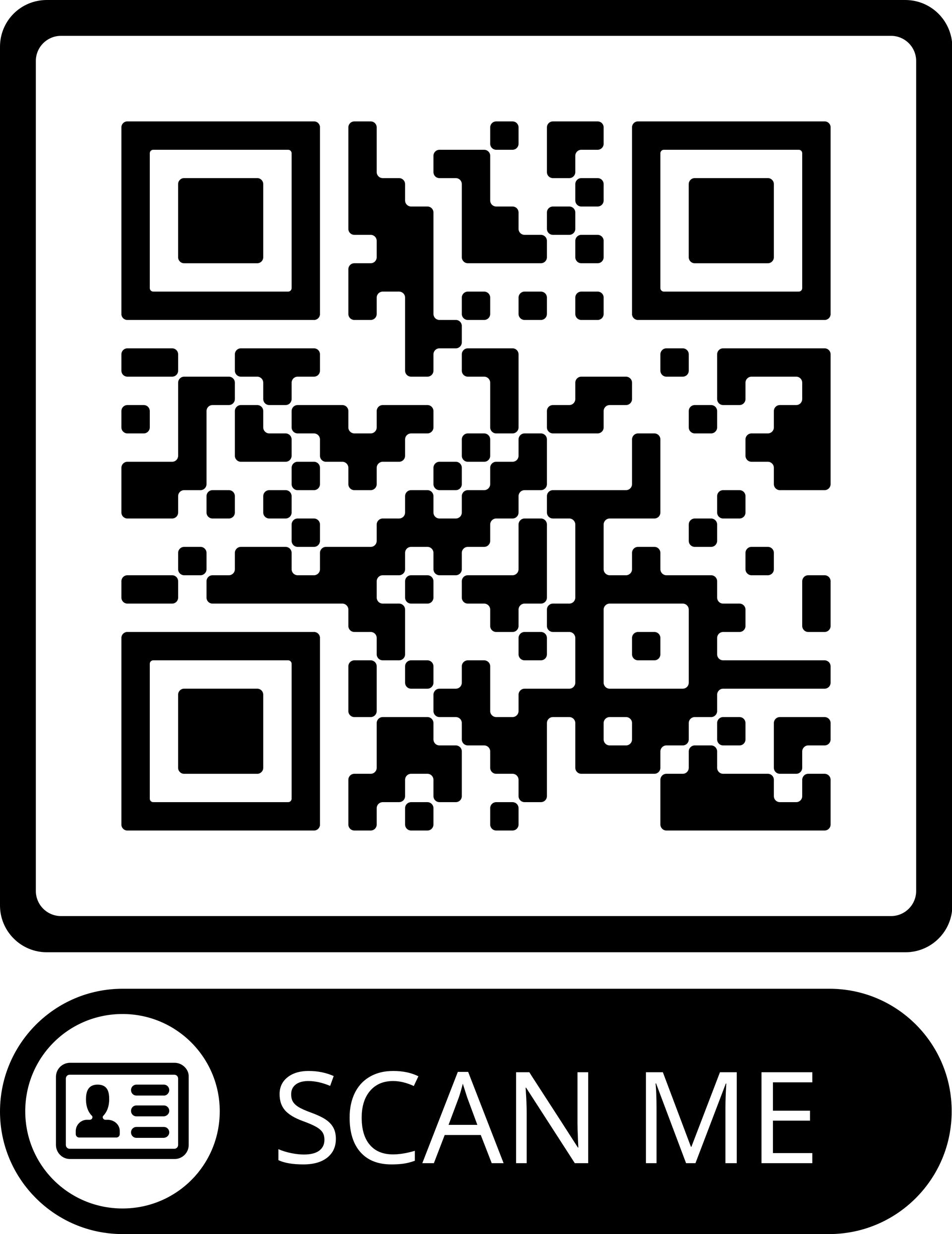
Slide title
Write your caption hereButton
Slide title
Write your caption hereButtonSlide title
Write your caption hereButton
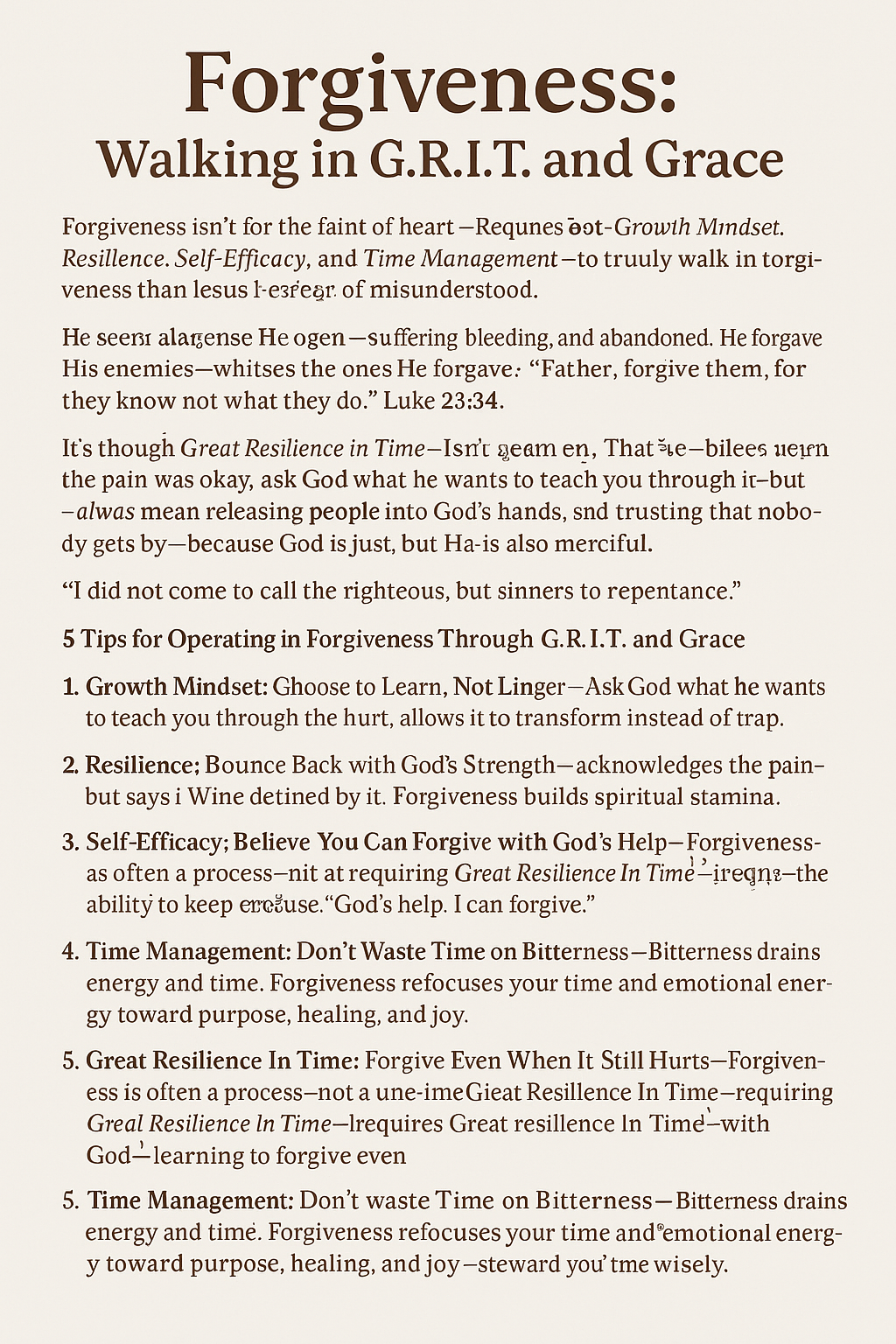
By India White
•
April 8, 2025
Forgiveness: Walking in G.R.I.T. and Grace Forgiveness isn't for the faint of heart. It takes G.R.I.T.—Growth Mindset, Resilience, Self-Efficacy, and Time Management—to truly walk in forgiveness, especially when you've been wronged, mistreated, or misunderstood. But there's no greater example of gritty forgiveness than Jesus Himself. As He hung on the cross—suffering, bleeding, and abandoned—He didn’t curse His enemies. He didn’t demand justice in that moment. Instead, He looked toward heaven and said: “Father, forgive them, for they know not what they do” (Luke 23:34). Let that sink in. The very people who had betrayed, mocked, beaten, and crucified Him were the ones He forgave. And He did it in real time, while the pain was still fresh. That’s Great Resilience In Time. And as followers of Christ, we’re called to do the same. We’re called to forgive those who have: • Abused us—physically, emotionally, or spiritually • Slandered us behind our backs • Taken advantage of our kindness • Lied to us, hurt us, or wronged us in ways words can’t capture Forgiveness doesn’t mean the pain was okay. It doesn’t mean you return to harmful situations. But it does mean we release people into God’s hands. We stop carrying the weight of bitterness. And we trust that nobody gets by—God is just, but He is also merciful. “I did not come to call the righteous, but sinners to repentance.” — Luke 5:32 God operates in mercy—not because people always deserve it, but because His heart is for restoration. And if we want God to operate in mercy toward us, we must be willing to pray that same mercy over those who have hurt us. Hence, I want to share with you 5 Tips for Operating in Forgiveness Through G.R.I.T. and Grace: 1. Growth Mindset: Choose to Learn, Not Linger Instead of replaying the pain, ask God what He wants to teach you through it. Every hurt can become holy ground if we allow it to transform us instead of trap us. Forgiveness is a chance to grow. Even when you find yourself lingering in the memories and wondering "What if?", choose to use the moments of hurt as an opportunity to heal and evolve into a greater version of you. 2. Resilience: Bounce Back with God’s Strength Resilience doesn’t mean you don’t feel the pain—it means you refuse to let it define you. Forgiveness builds spiritual stamina. Each time you choose grace, you build strength in your spirit. The enemy wanted that trial, setback, dissapointment to cause you to give up on God and yourself. However, you must believe that no weapon formed against you shall propser. Never allow Satan to take away your song or your purpose, no matter the weapon or vessel he chooses to attack you through. 3. Self-Efficacy: Believe You Can Forgive with God’s Help Forgiveness may feel impossible—but with God, you can do all things. Self-efficacy is about believing in your ability to move forward. Speak life over yourself: "With God’s help, I can forgive." This is not always an easy process but you can do it! Choose to speak positively about your situation. Tell God that you forgive them and take moments to think about what Jesus must have felt at the cross as he died for you. Sometimes, we are made to emulate the light of Christ so that others will have HOPE. That means we must be willing to be curicifed at thier hands for the Glory of God. However, be encouraged, for the Lord will restore you. 4. Time Management: Don’t Waste Time on Bitterness Bitterness drains energy and time. Let forgiveness help you refocus your time and emotional energy toward purpose, healing, and joy. Steward your time wisely—it’s too precious to spend in bondage. Take time for self-care. Cry it out, seek therapy, have an outlet that will help you develop and heal and mature in a healthy fashion. Understand that all of us fall short; people will most likely dissapoint you, so flow in grace. 5. Great Resilience In Time: Forgive Even When It Still Hurts Forgiveness is often a process, not a one-time event. It requires Great Resilience In Time —the ability to keep choosing grace, even when the pain is fresh. Jesus forgave while He was still on the cross. We, too, can learn to forgive even while healing. Through your forgiveness you'll find revelation that will bring your closer to your heavenly Father. Forgiveness is one of the greatest gifts you can give—to others, yes, but also to yourself. It frees your heart. It releases your soul. It makes space for God to heal what others tried to break. Jesus didn’t wait for an apology. He forgave in real time—with G.R.I.T. and grace. So today, let’s strive to do the same. Let’s live with: • A growth mindset that says, “God can use even this.” • Resilience that says, “I will not be broken.” • Self-efficacy that says, “I can do this with God.” • Time management that says, “I will not waste one more second holding a grudge.” Let’s walk in Great Resilience In Time and extend the same mercy we so desperately need. Because forgiveness isn’t weakness. It’s worship. So, wipe you tears, forgive, reset, start over, and thrive through G.R.I.T. and Grace. Love, India Want more? Visit www.india-white.com to schedule a meeting or book me for an event. Want a copy of the Grit Workbook for Clergy (Pastors) Click here!
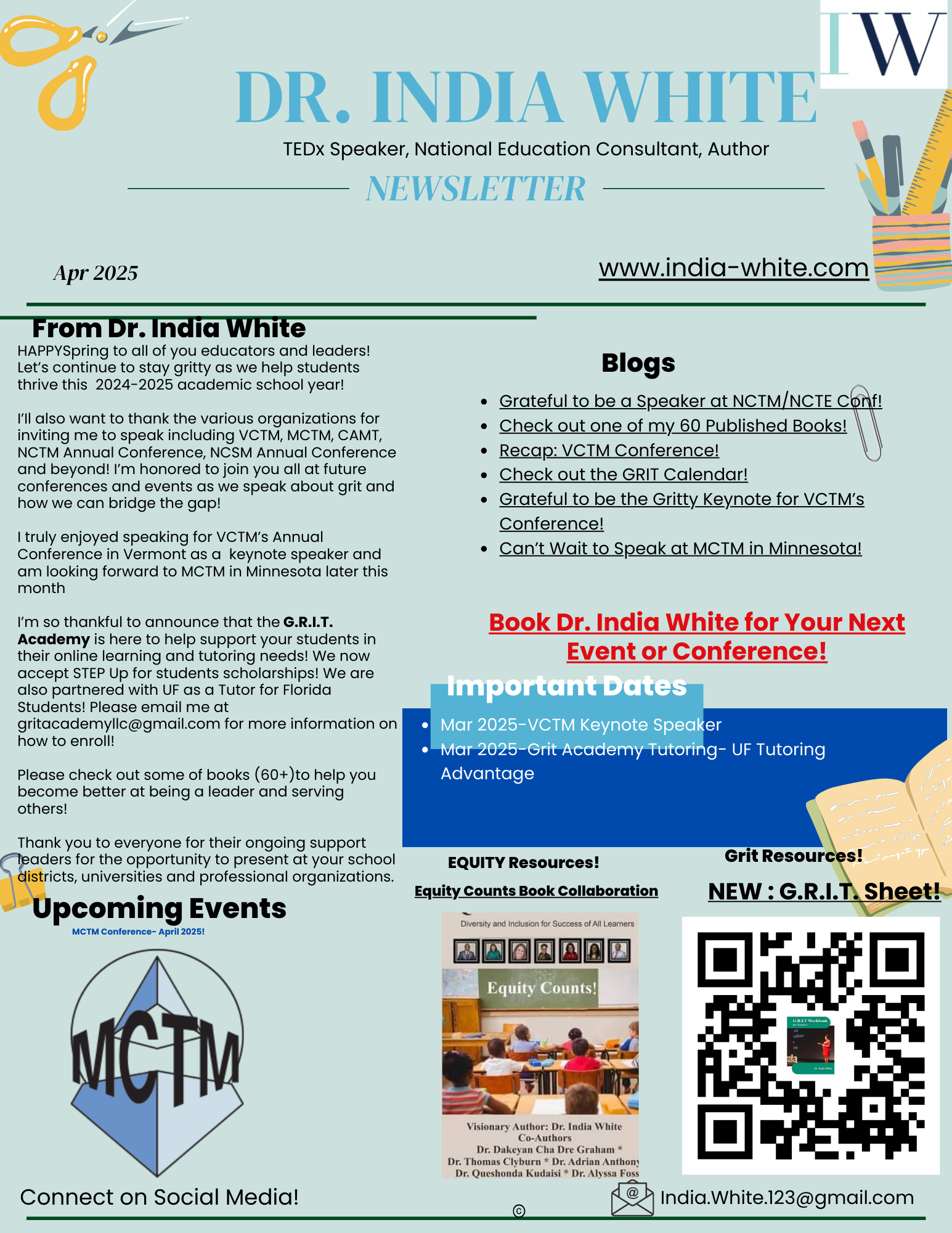
By India White
•
April 3, 2025
### April Newsletter: A Month of Grit and Growth April is here, and it’s shaping up to be an exciting month filled with powerful opportunities to build grit, inspire educators, and impact students. From conferences to new resources, I’m thrilled to share what’s happening this month and how you can get involved. Speaking at MCTM’s Annual Math Conference in Minnesota I’m honored to present at the Minnesota Council of Teachers of Mathematics Annual Conference this month, where I’ll be diving into how to create a Gritty Thinking Classroom. In this session, we’ll explore how the G.R.I.T. framework aligns with Peter Liljedahl’s Building Thinking Classrooms, helping educators develop a culture of perseverance, resilience, and self-efficacy in their math students. If you’re attending, I’d love to connect and discuss ways to empower students through productive struggle. G.R.I.T. Workbooks and Resources The G.R.I.T. Workbook series continues to grow, providing teachers, students, and parents with practical tools to develop growth mindset, resilience, and time management. Whether you’re looking to strengthen your own grit or help students push through challenges, these workbooks offer actionable strategies to build confidence and perseverance. G.R.I.T. Online Courses and Masterclass For those looking to take a deeper dive into grit, we’re rolling out G.R.I.T. online courses and mini-workshops designed to help educators and leaders implement grit-based strategies in their schools and classrooms. Stay tuned for our Masterclass, which will provide an interactive learning experience on how to cultivate grit in both personal and professional settings. G.R.I.T. Podcast: Conversations That Inspire The G.R.I.T. Podcast continues to feature insightful conversations with educators, leaders, and changemakers who are passionate about building perseverance and resilience. Each episode offers motivation and strategies to help you stay committed to your goals and push through challenges. Be sure to tune in for inspiring discussions that fuel personal and academic growth. Stay Connected If you’re looking for more ways to engage with the G.R.I.T. movement, be sure to check out: - www.india-white.com – Explore my work, speaking engagements, and resources - www.gritacademy.us – Learn about G.R.I.T. Academy, where we help students and educators develop the skills they need to thrive This month is all about embracing grit, growth, and resilience. Whether through conferences, podcasts, or online learning, I’m excited to continue this journey with you. Let’s keep pushing forward and building a culture of perseverance together. Stay gritty and keep striving for greatness!
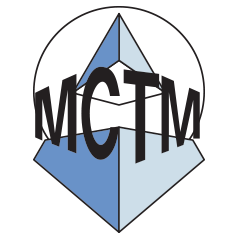
By India White
•
April 3, 2025
Excited to Speak at MCTM’s Annual Math Conference: Building a Gritty Thinking Classroom! I can’t wait to present at MCTM’s Annual Math Conference this April in Minnesota. This opportunity is truly special because I’ll be diving into two of my passions—grit and Building Thinking Classrooms—to help educators create Gritty Thinking Classrooms that foster resilience, problem-solving, and perseverance in students. Why Grit Matters in the Math Classroom Math is not just about numbers and equations; it’s about persistence, self-efficacy, and growth mindset. So many students struggle with productive struggle, but when we intentionally build grit, they learn how to push through challenges rather than give up. By implementing Dr. India White’s G.R.I.T. framework, we help students: - Develop a growth mindset - Build resilience in problem-solving - Strengthen self-efficacy - Improve time management and perseverance Connecting Grit with Building Thinking Classrooms Peter Liljedahl’s Building Thinking Classrooms has transformed the way we engage students in math learning. When we merge BTC structures with grit, we create an environment where students: - Tackle challenging problems head-on - Collaborate with peers to build understanding - Learn to embrace struggle as part of growth - Develop confidence in their ability to succeed In my session, we’ll explore how BTC’s 14 elements align with grit and how teachers can create a culture of perseverance in their classrooms. See You in Minnesota! If you’re attending MCTM’s Annual Math Conference, I’d love to connect. Let’s talk about how to empower students to think, struggle, and grow. Together, we can build Gritty Thinking Classrooms that transform how students learn and engage with mathematics. Let’s get gritty! See you soon in Minnesota!
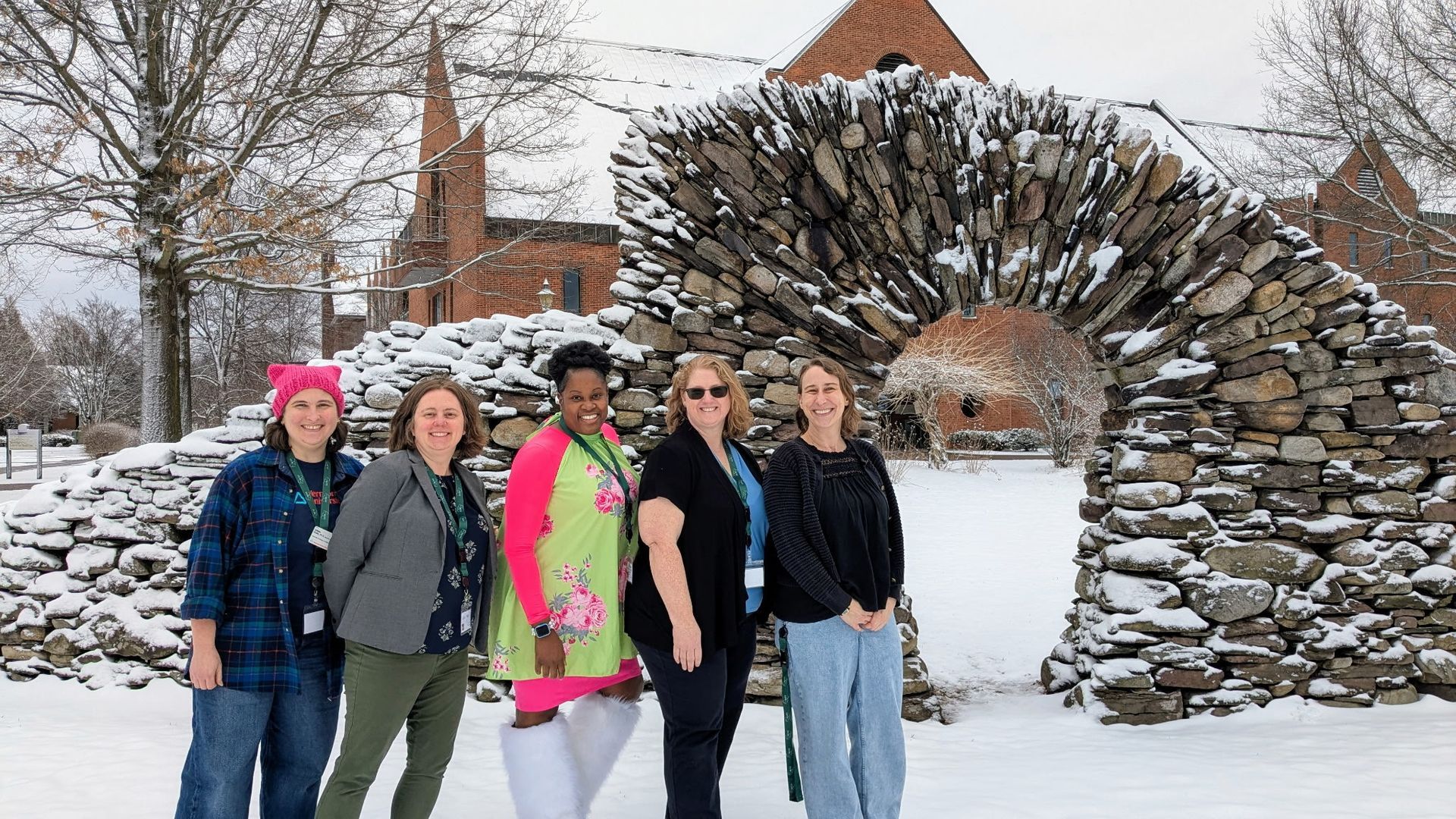
By India White
•
March 25, 2025
🌟 Excited to share my VCTM recap video! 🎥 Join me as I engage with teachers during my keynote, discussing strategies to best support our 8th grade math students. Together, we can make a difference! 💪📚 Check it out and let’s keep the conversation going! #drindiawhite #nctm #ncsm #vctm #vermont #nabse #naacp #education #doe
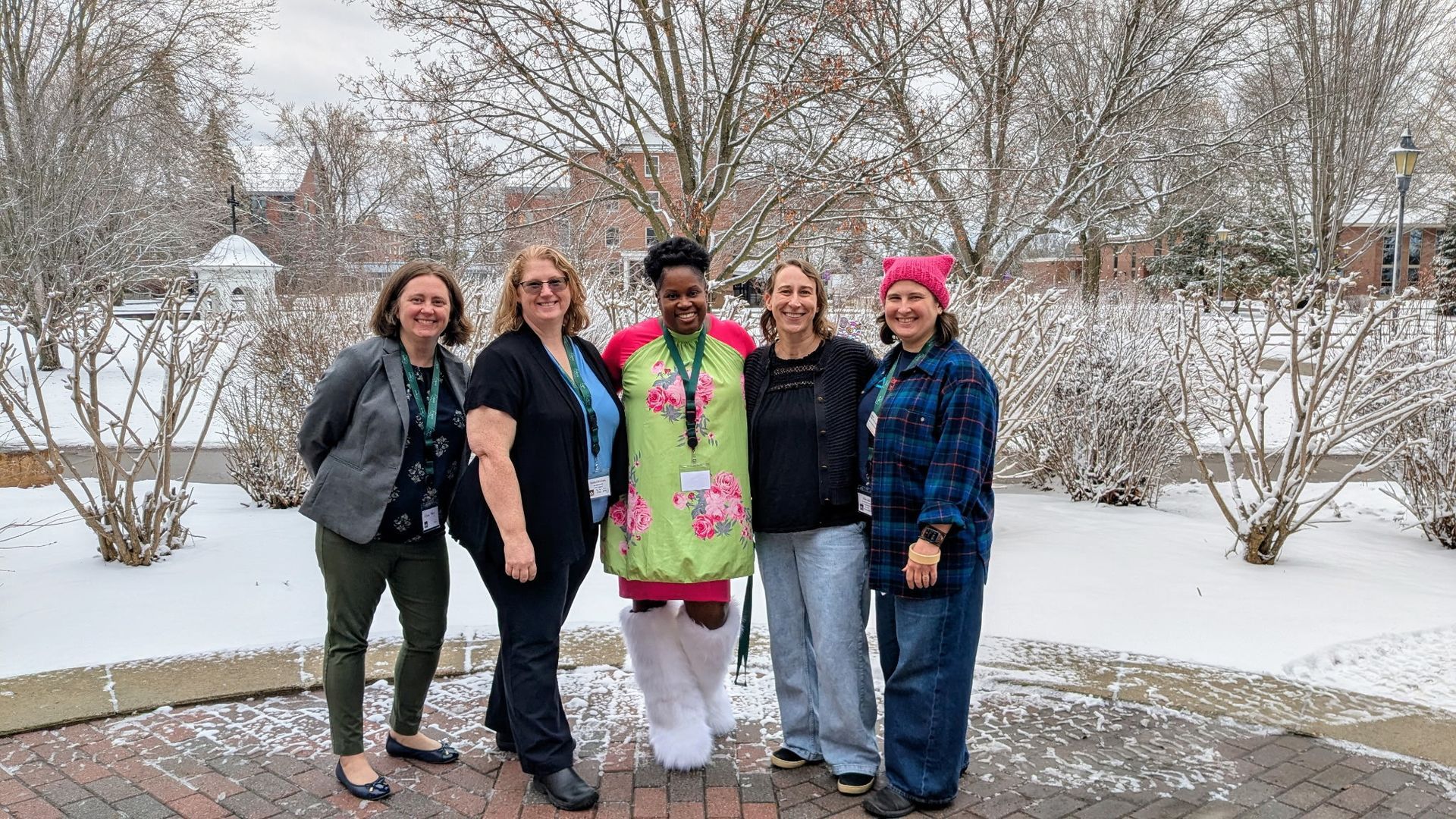
By India White
•
March 25, 2025
Reflection on The Power of Grit Keynote to Vermont Teachers Speaking to the dedicated educators of Vermont about the Power of Grit was an inspiring and reaffirming experience. As I shared the pillars of grit—Growth Mindset, Resilience, Time Management, and Self-Efficacy—it was evident that these concepts resonated deeply with the teachers in the room. Their commitment to fostering perseverance and confidence in their students was both heartening and energizing. Throughout the keynote, I emphasized the transformative role of a growth mindset—how students who embrace challenges and see effort as a path to mastery are more likely to persist through difficulties. I could see educators nodding in agreement as they reflected on their own students' struggles and triumphs. Encouraging students to reframe failure as a learning opportunity is a crucial shift that builds not just better mathematicians, writers, and thinkers but also more resilient individuals. Resilience was another cornerstone of the discussion. I shared stories and strategies to help students push past obstacles and develop the endurance needed to navigate academic and personal challenges. The engagement in the room reaffirmed that teachers, too, are models of resilience, especially in today’s educational climate. One of the most practical elements of the keynote focused on time management—helping students (and educators) break down overwhelming tasks, set realistic goals, and prioritize effectively. The response to this section showed that time management remains a crucial skill, not only for students learning to structure their studies but also for teachers juggling multiple responsibilities. Finally, we explored the power of self-efficacy, that deep-seated belief that one’s efforts lead to success. We discussed ways to cultivate this mindset in students through intentional feedback, scaffolding, and celebrating small wins. Seeing the teachers reflect on how they could implement these strategies in their classrooms was incredibly rewarding. This keynote reaffirmed my belief that grit is not just a personal trait—it’s a culture that educators can foster in their classrooms, schools, and communities. Vermont’s educators left the session with new insights, actionable strategies, and a renewed commitment to equipping students with the perseverance and confidence needed for success. I am grateful for the opportunity to share this message, and I look forward to seeing the impact of their work in cultivating grit across the state. Thanks Vermont Rockstars. Stay gritty!

By India White
•
March 25, 2025
✨ I had a phenomenal time speaking for the VCTM Rockstars in Vermont! We dove into how to reach all learners and stay motivated through grit. 💪 I can't wait to see the results from the grit assessment and framework! Stay gritty, y’all! 🌟 #drindiawhite #vctm #vermont #grit #educators #math

By India White
•
March 18, 2025
🌟 Super excited to announce that I’ll be the keynote speaker at the VCTM Annual Conference in beautiful Vermont! 🎉 Huge thanks to the amazing VCTM rockstars for this incredible opportunity! Let’s dive into the power of grit together! 💪✨ I can’t wait to share insights and connect with fellow educators, students, and math enthusiasts. Join us by registering below: https://vctm.wildapricot.org/event-5950535 Let’s make this an unforgettable experience! #drindiawhite #grit #tedx #vctm #teachers #students #math (I don’t own music copyright)

By India White
•
March 18, 2025
Join us on the Let's Get Gritty Podcast with Dr. India White, featuring special guest Heidi Diercks, a retired educator, and life coach! Check out Heidi's coaching nuggets here :chrome-extension://efaidnbmnnnibpcajpcglclefindmkaj/https://mail.google.com/mail/u/0?ui=2&ik=89c50e1d3a&attid=0.1&permmsgid=msg-f:1826500568311074330&th=19590896f43b0e1a&view=att&zw&disp=inline&acrobatPromotionSource=GmailNativeViewer Watch on Spotify: https://creators.spotify.com/.../Lets-Get-Gritty-Podcast... #drindiawhite #grit #tedx #lifecoach #education
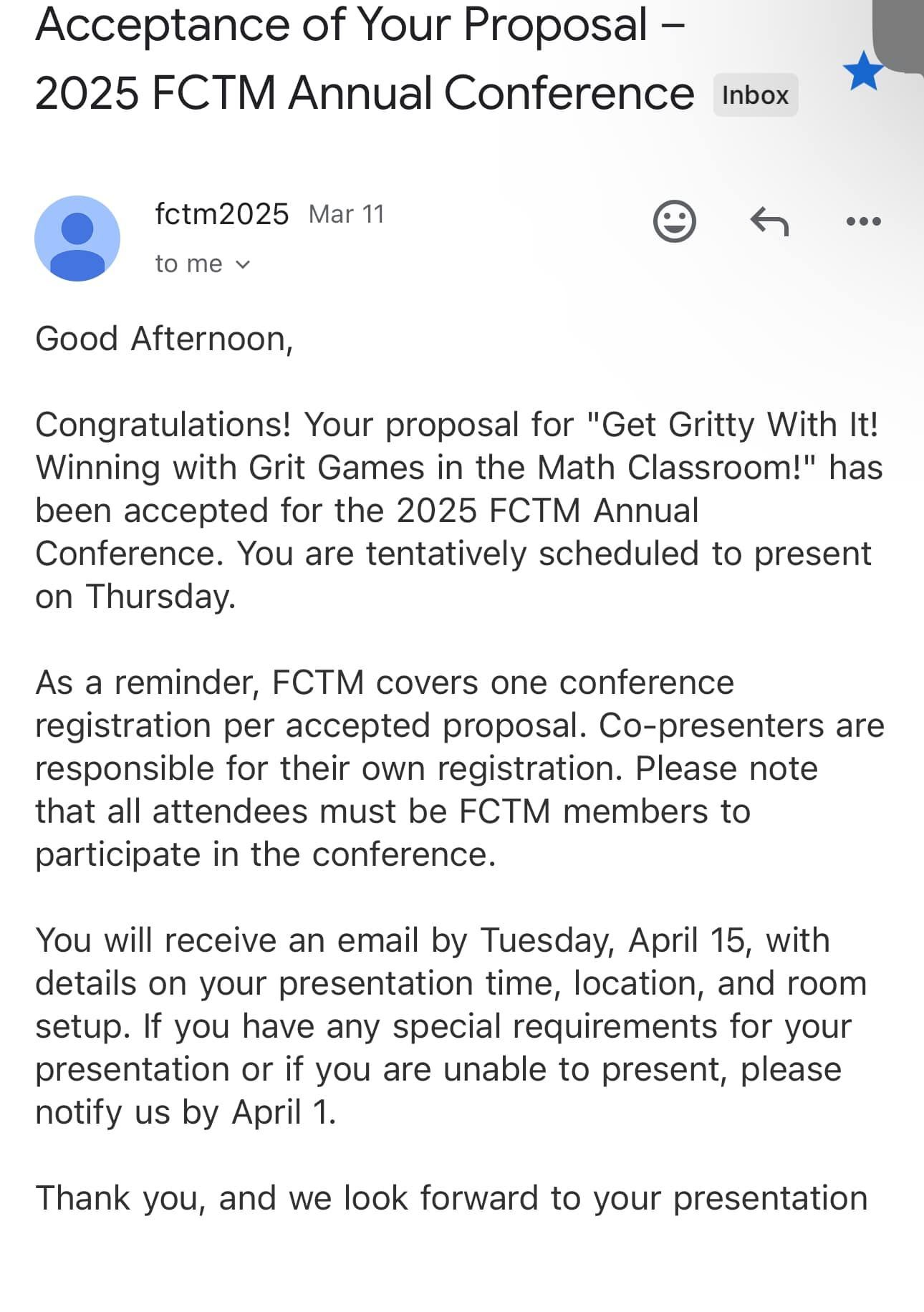
By India White
•
March 18, 2025
🌟 Super grateful to announce that I’ve been selected to speak at FCTM this year! 🎉 Let’s dive into the topic of grit and its importance in education! 💪✨ Be sure to register by visiting their website. A huge thank you to the FCTM leaders for this incredible opportunity! 🙌 #DrIndiaWhite #Grit #TEDx #Math #Educators #Teachers #Students #FCTM #NCTM #NCSM
Contact Us
Thank you for contacting us.
We will get back to you as soon as possible.
We will get back to you as soon as possible.
Oops, there was an error sending your message.
Please try again later.
Please try again later.
© 2025
India White, All Rights Reserved. Powered By Automation Links
Terms of Us | Privacy Policy | About

